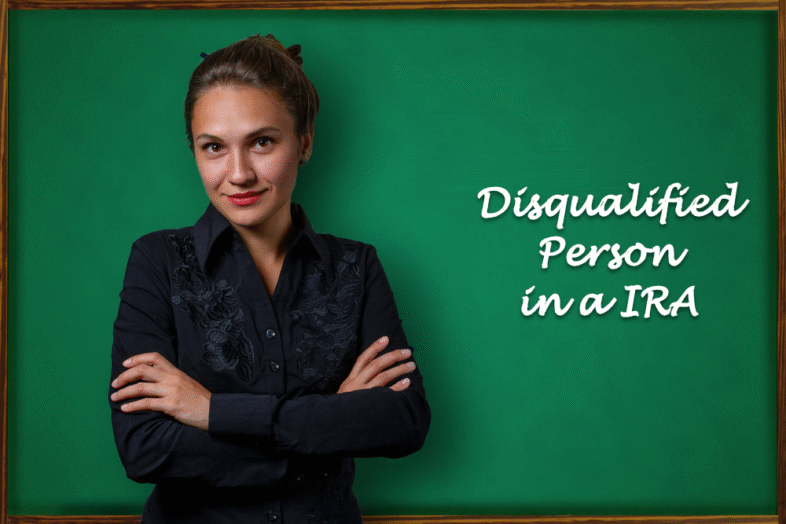Who is a Disqualified Person?
Who is not a Disqualified Person?
This is a critical distinction for understanding prohibited transaction rules for IRAs.
The definitions come directly from IRC Section 4975(e)(2), and the list of “Disqualified Persons” is intentionally broad to prevent self-dealing.
Who is a Disqualified Person?
A “Disqualified Person” includes, but is not limited to, the following individuals and entities in relation to your IRA:
- The IRA Owner: You, yourself.
- Your Spouse:
- Your Ascendants and Descendants:
- Parents
- Grandparents
- Children (and their spouses)
- Grandchildren
- Fiduciaries and Service Providers:
- The IRA trustee or custodian (e.g., the financial institution holding your account).
- Anyone who provides services to your IRA (e.g., an investment manager).
- Entities You Control Heavily:
- A corporation, partnership, trust, or estate in which you own 50% or more of the voting power, total shares, or beneficial interest.
- An entity where Disqualified Persons collectively own 50% or more.
- Officers, Directors, and Highly Compensated Employees:
- Officers, directors, 10%+ owners, or highly compensated employees of an entity described in #5.
Key Concept: The rule is designed to prevent you from using your IRA for personal benefit with people and entities you are closely connected to. A transaction between your IRA and a disqualified person is generally a “Prohibited Transaction.”
Who is Not a Disqualified Person?
This list includes common relationships that are generally permitted, meaning your IRA can typically transact with them:
- Siblings: Your brothers and sisters.
- Aunts, Uncles, Nieces, and Nephews: These extended family members are not on the disqualified persons list.
- Friends and Business Associates: As long as they do not fall into any other category (e.g., they are not a fiduciary providing services to your IRA).
- The General Public: Your IRA can transact at arm’s length with unrelated third parties.
- Corporations You Do Not Control: A publicly traded company in which you own a minority stake (e.g., less than 50%) is not a disqualified person. This is why your IRA can buy and sell shares of public companies like Apple or Microsoft without issue.
Crucial Caveat: Even with a person who is not a disqualified person, the transaction must still be an arm’s-length investment made by the IRA for its exclusive benefit. You cannot use a non-disqualified person as a pass-through to indirectly benefit yourself.
Simple Comparison Table
| Disqualified Person (CANNOT transact with your IRA) | Not a Disqualified Person (CAN transact, if arm’s-length) |
| You (the IRA owner) | Siblings |
| Your Spouse | Aunts, Uncles, Cousins |
| Your Parents & Grandparents | Nieces, Nephews |
| Your Children & Grandchildren | Friends & General Public |
| Your IRA Custodian (e.g., Fidelity, Charles Schwab) | Most Corporations (if you own <50%) |
| An LLC or Corporation you own 50% or more of | Note: The transaction must still be a legitimate investment. |
Why This Matters
If your IRA engages in a transaction with a Disqualified Person, the IRS treats it as a Prohibited Transaction. The consequence, as outlined in IRS Publication 590-B, is severe: your entire IRA is deemed distributed to you as of January 1st of that year. This means the entire balance becomes taxable income, and if you are under age 59½, you will also owe a 10% early withdrawal penalty.
For the official legal definition, always refer to the primary source: IRC Section 4975(e)(2).



